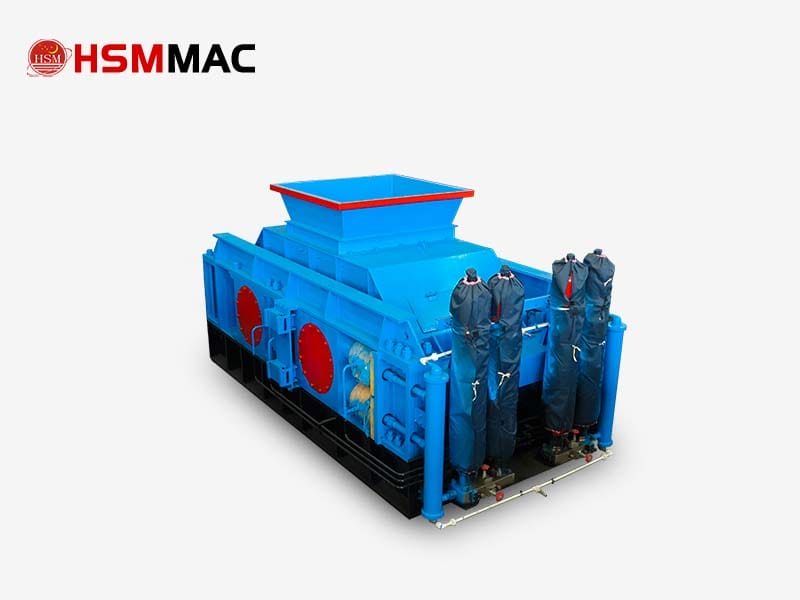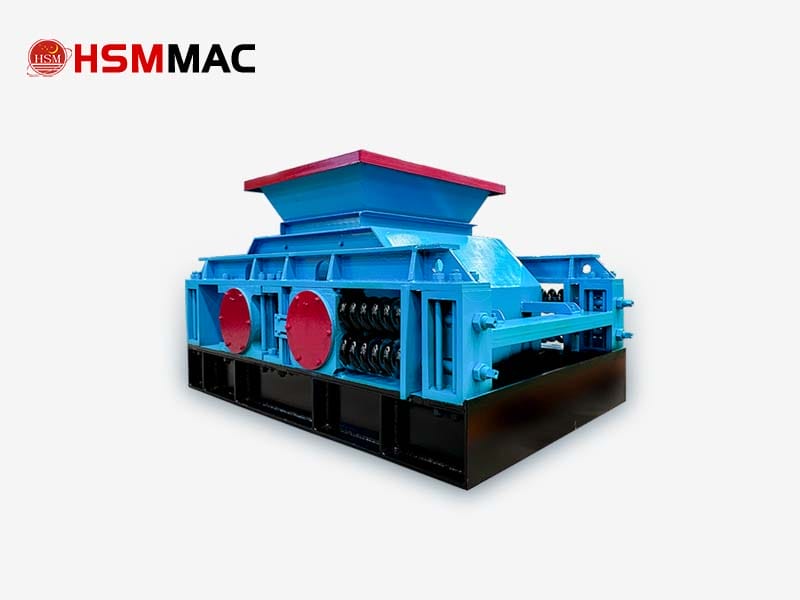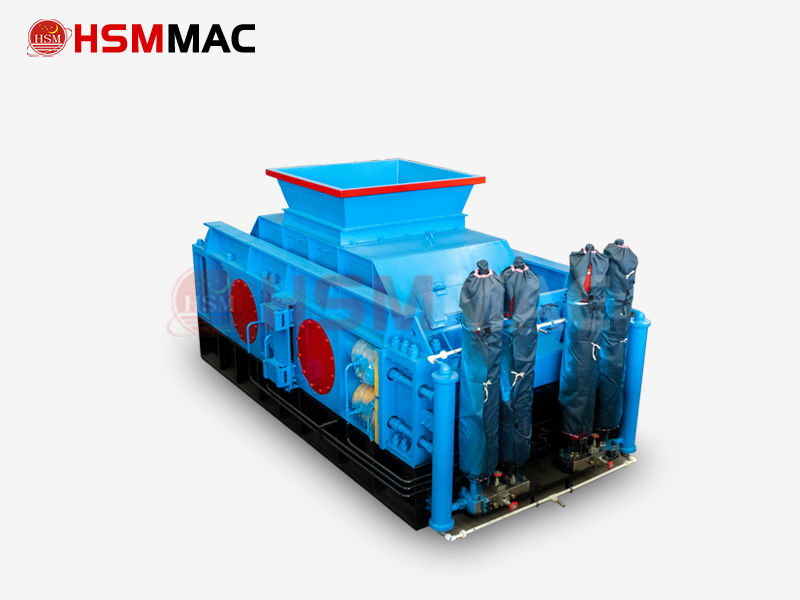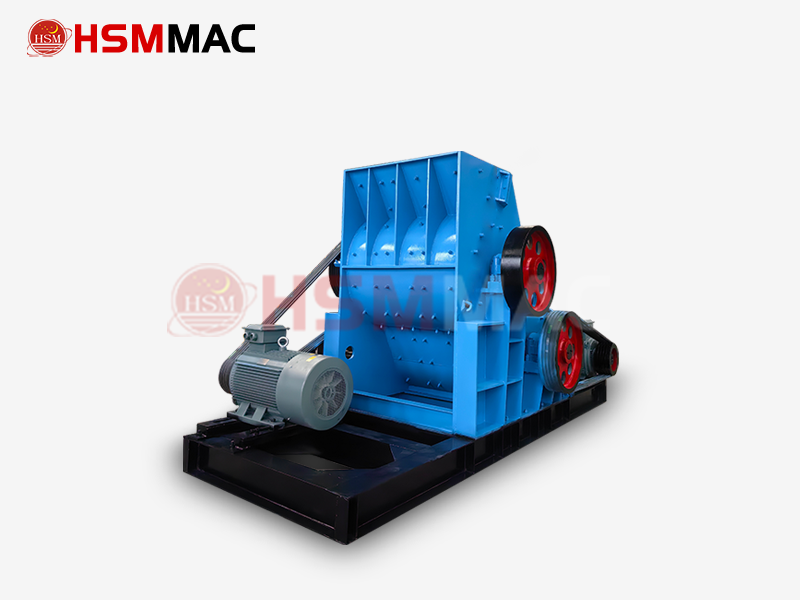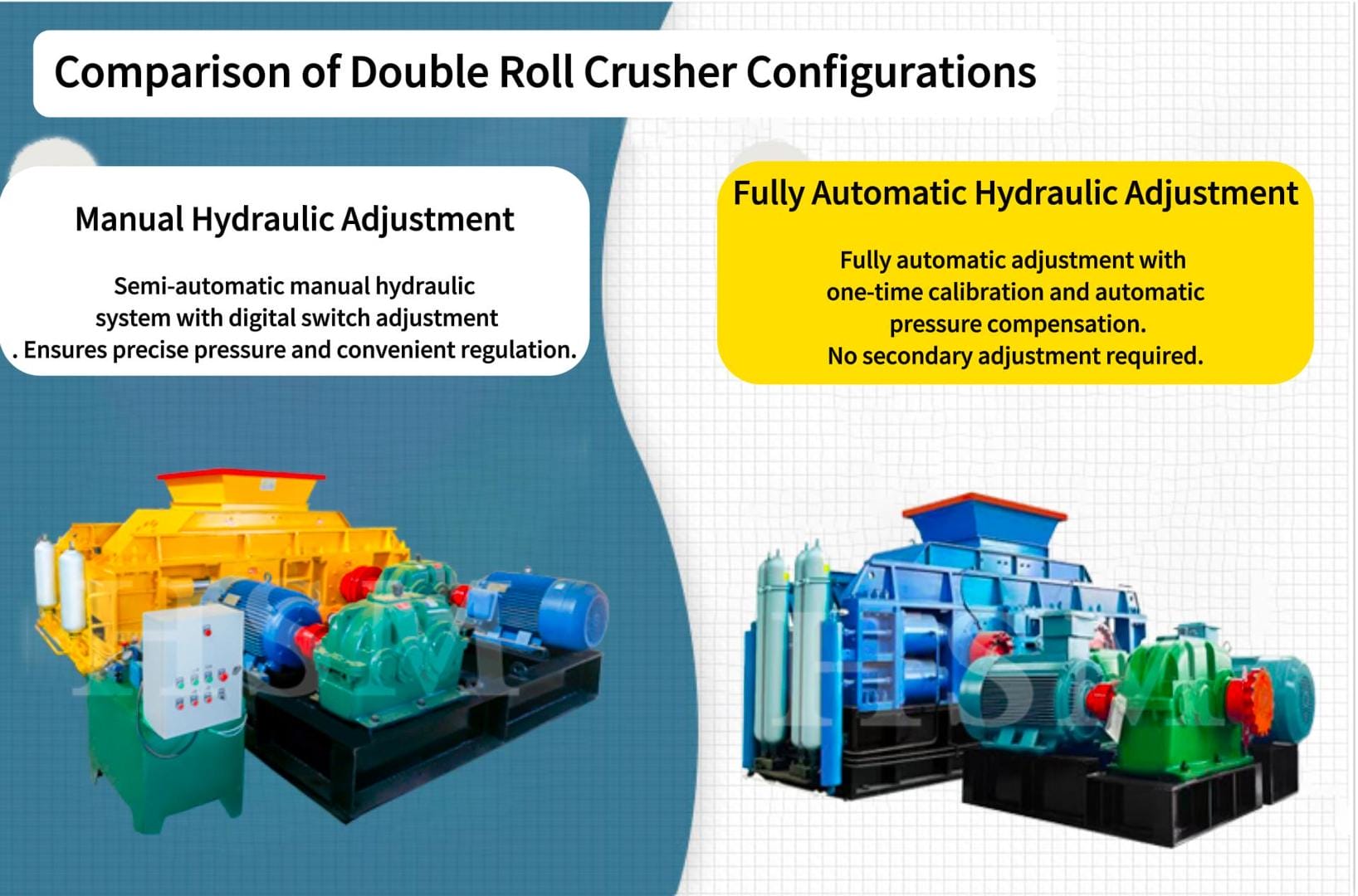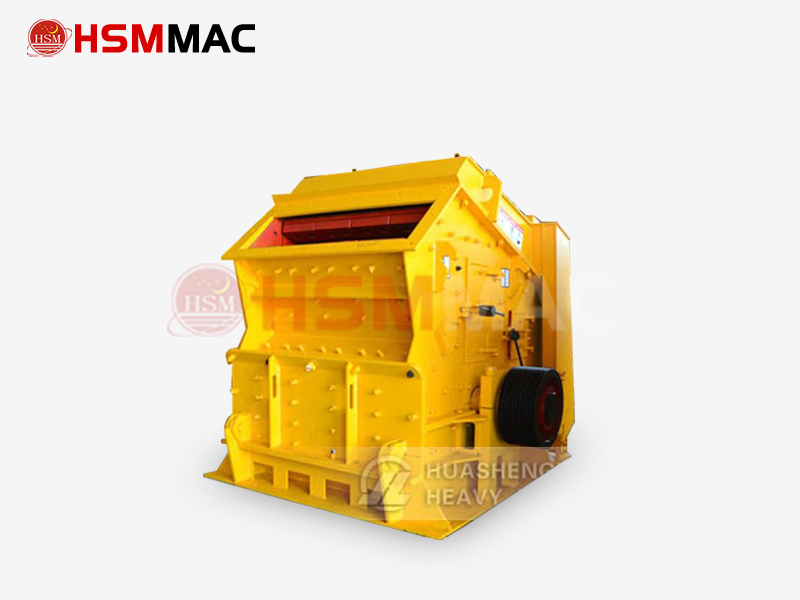
The impact crusher, also known as the sand-making machine, serves as a core piece of equipment for the production of sand and gravel aggregates in fields such as mining, building materials, and transportation. Its working principle is based on the impact crushing methods of “stone-on-stone” or “stone-on-iron.” In this process, materials are propelled into the crushing chamber by a high-speed rotating impeller and collide violently with the反击板 (here, it should be translated as “impact plate” for better understanding in English context) or a layer of materials, achieving fine crushing and shaping of the materials. This unique crushing mechanism gives it significant advantages in the field of sand making.
Impact Crusher: A “Powerhouse Tool” for Efficient Sand Making
Compared to traditional crushing equipment, the impact crusher boasts three key characteristics: Firstly, it produces finished products with excellent particle shapes, which are cubical and have a low content of elongated and flaky particles, meeting the requirements for high-standard concrete sand. Secondly, it offers high crushing efficiency, allowing precise control over the discharge particle size by adjusting the impeller speed and material flow rate. Thirdly, it has a wide range of applications, capable of processing both hard rocks like river pebbles and granite, as well as medium-soft materials such as limestone and coal gangue. Moreover, its wear parts have a long service life, resulting in low maintenance costs.
As the scale of infrastructure construction expands and natural sand resources become increasingly scarce, manufactured sand has emerged as the mainstream option. Leveraging its efficient, energy-saving, and environmentally friendly features, the impact crusher has become a critical piece of equipment in artificial sand production lines, providing high-quality aggregates for the construction industry and contributing to the development of green infrastructure.










